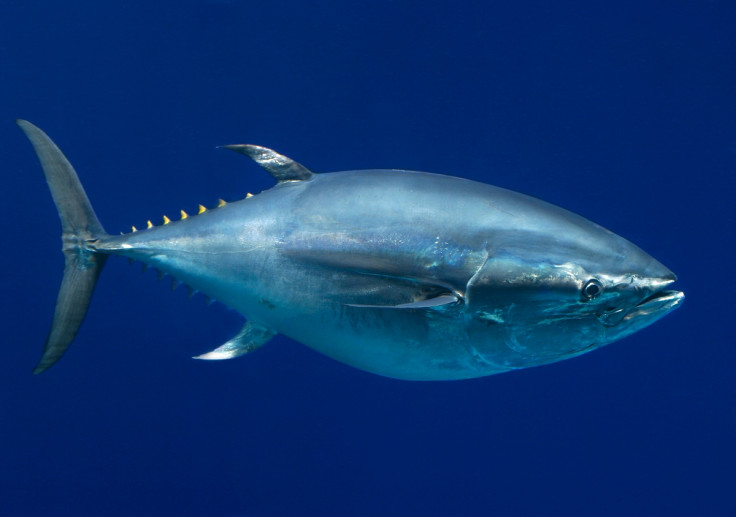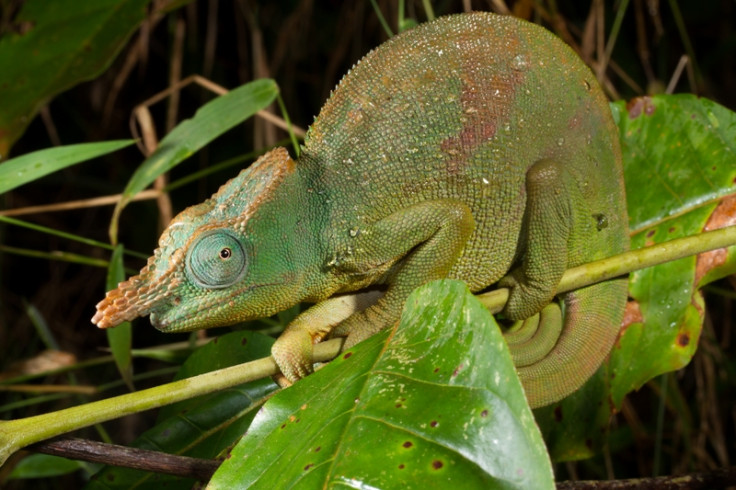IUCN Red List: A Third Of Assessed Species On Brink Of Extinction

Uncontrolled fishing, logging, mining and agriculture has pushed the Pacific Bluefin Tuna, Chinese Pufferfish, American Eel and Chinese Cobra to the brink of extinction.
While the Malaysian mollusc and the world's largest known earwig have been declared extinct following the destruction of their habitat, says IUCN in its latest update of the Red List of Threatened Species released at the IUCN World Parks' Congress taking place in Sydney, Australia.
The IUCN Red List now includes 76,199 assessed species, of which 22,413 are threatened with extinction.

"Each update of the IUCN Red List makes us realise that our planet is constantly losing its incredible diversity of life, largely due to our destructive actions to satisfy our growing appetite for resources," says IUCN Director General Julia Marton-Lefèvre in a press release.
"But we have scientific evidence that protected areas can play a central role in reversing this trend. Experts warn that threatened species poorly represented in protected areas are declining twice as fast as those which are well represented. Our responsibility is to increase the number of protected areas and ensure that they are effectively managed so that they can contribute to saving our planet's biodiversity."
The Pacific Bluefin Tuna (Thunnus orientalis) which has moved from the Least Concern category to Vulnerable, is extensively targeted by the fishing industry for the sushi and sashimi markets in Asia.
Overexploitation has also led to the Chinese Pufferfish (Takifugu chinensis) entering the IUCN Red List as Critically Endangered. A popular food fish in Japan, its global population is estimated to have declined by 99.99% over the past 40 years due to overexploitation.
The American Eel (Anguilla rostrata), listed as Endangered is the target of an intensive eel farming industry facing the decline of the Japanese Eel (Anguilla japonica) and seeking to replenish seed stock with other species.
The Chinese Cobra (Naja atra) newly assessed as Vulnerable is exported from mainland China to Hong Kong for the food market. The Black Grass-dart Butterfly (Ocybadistes knightorum) has entered the IUCN Red List as Endangered.
The Red List update highlights several species that have been impacted by habitat destruction, including all 66 threatened chameleon species.
Among those declared Extinct due to habitat destruction is Plectostoma sciaphilum, a snail found in a single limestone hill in Peninsular Malaysia now gone after the hill was destroyed by limestone quarrying by a large company. The other is the St Helena Giant Earwig (Labidura herculeana) – the world's largest known earwig attaining a length of up to 80 mm – which has also gone extinct.
Studies have highlighted the human impact on species extinction, noting the increased rate of extinction at 100 for every million species every year.

© Copyright IBTimes 2025. All rights reserved.





















